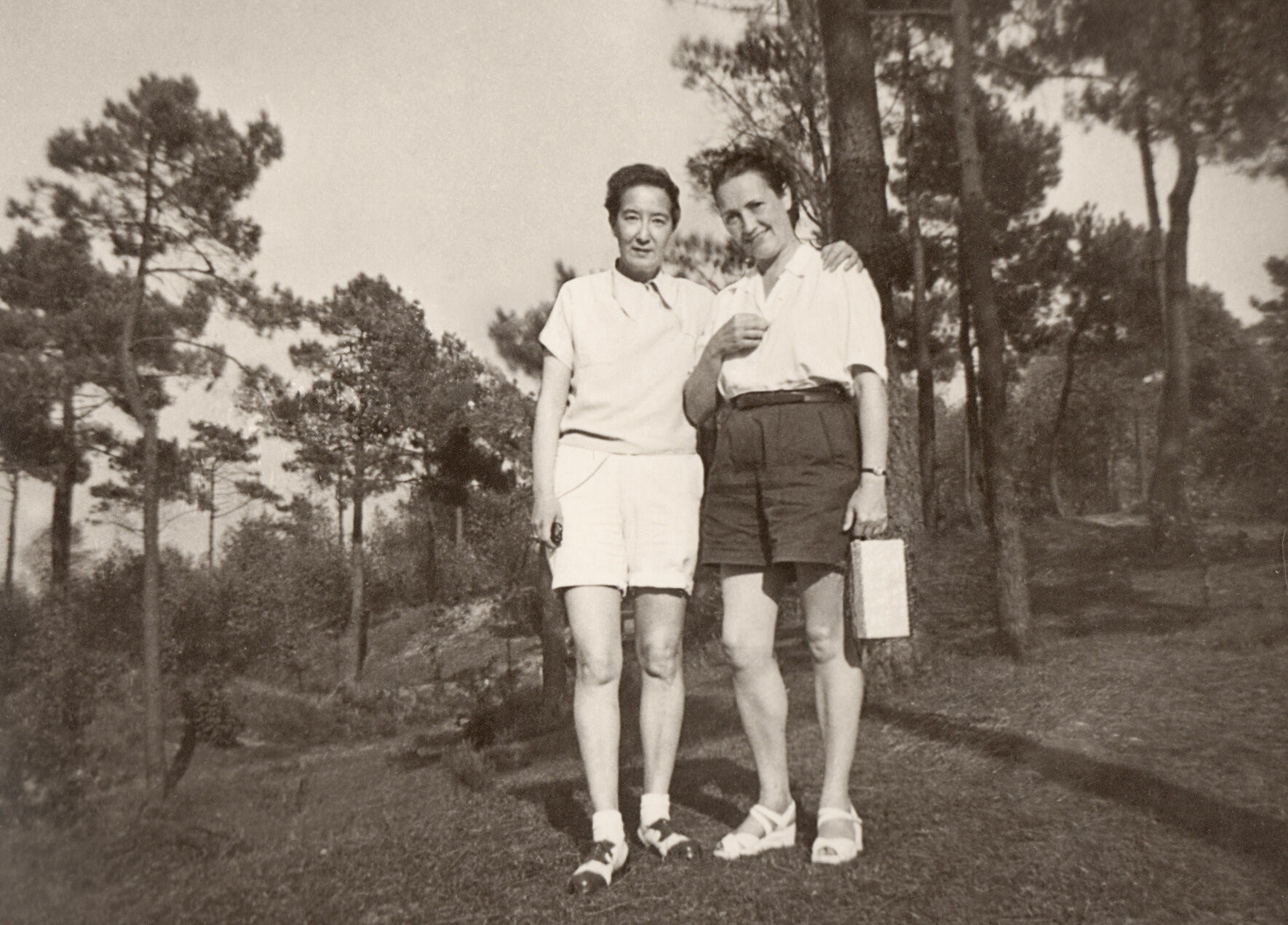Near the end of World War II, Sweden––which had managed to remain neutral during the conflict––conducted one of the most successful humanitarian missions of the whole period. Known as the “White Buses” operation due to the color of the paint used to transport Scandinavians freed from concentration camps back to safety, the operation rescued more than fifteen thousand people between March and May of 1945.
One of them was Nadine Hwang, the glamorous daughter of the Chinese ambassador to Spain who had moved among the most exclusive intellectual and artistic circles in pre-war Paris. It’s most likely that it was due to her participation in activities to aid the Resistance, that Hwang found herself imprisoned in Ravensbrück, an all-women’s camp north of Berlin. But I’m getting ahead of myself, a sin never committed by director Magnus Gertten in his moving documentary Nelly & Nadine.
Gertten introduces us to Nadine the same way he met her back in 2007 when he watched archival footage of the nearly two thousand people rescued by the “White Buses” who arrived in the port of Malmö in late April 1945. Unlike other people in the footage––most of whom seem to be in complete disbelief of being back in the world as shown through their expressive smiles and eager eyes––Nadine is both present and away. She stares into the camera with conviction, her deep gaze an affirmation of survival, but also filled with what seems to be deep longing. In Nelly & Nadine, Gertten tells us who she longed for––it’s even in the title.
We learn that in Ravensbrück, a place that must have been filled with constant dread, terror, and death, Nadine found the impossible; she met Nelly Mousset-Vos, a French opera singer with whom she would fall in love, and after a brief separation when the war ended, spend the next decades of her life. Love, as the song goes, found in a hopeless place.
But worry not, although the above description might seem like a spoiler, the beauty of Nelly & Nadine doesn’t lie in uncovering the mystery behind Nadine’s longing, but instead in being witness to how love in the aftermath of unspeakable horror, might just be the ultimate act of defiance.
Rather than make himself and his curiosity the center of the story (although there is a whole other movie in here about the power of images and what they can stir within our souls) Gertten has Sylvie Bianchi, Nelly’s granddaughter, become both narrator and explorer, as she invites the filmmaker to unbox Nelly’s archives, which until then had been lying in an attic, undisturbed. Preserving secrets that might have been too painful to reveal.
Instead, Bianchi discovers her grandmother’s joyful life and grasps details she couldn’t have comprehended as a child. Such as, why did her grandmother live with Nadine, and why didn’t her mother approve of their relationship. To say watching Bianchi piece together Nelly and Nadine’s love story from a concentration camp (mercifully captured without images but through Nelly’s gorgeously evocative journals) to an exuberant life in Venezuela, preserved in Nadine’s home movies, shot in colorful Super 8, but silent, which makes the marriage of one’s words with the other’s images, a ravishing contrast.
With each journal entry and home movie, Nelly & Nadine fulfills a fate neither woman would live long enough to see, watching queer history, especially love stories of women who love women, serve as inspiration. That they met in a place the Nazis had created with the purpose of eradicating life, and that they would go on to live in an extraordinary way in a world that didn’t understand them, is nothing short of a miracle. That they left behind this record of joy puts us in debt to them for as long as we shall live.
Nelly & Nadine is now in theaters.

